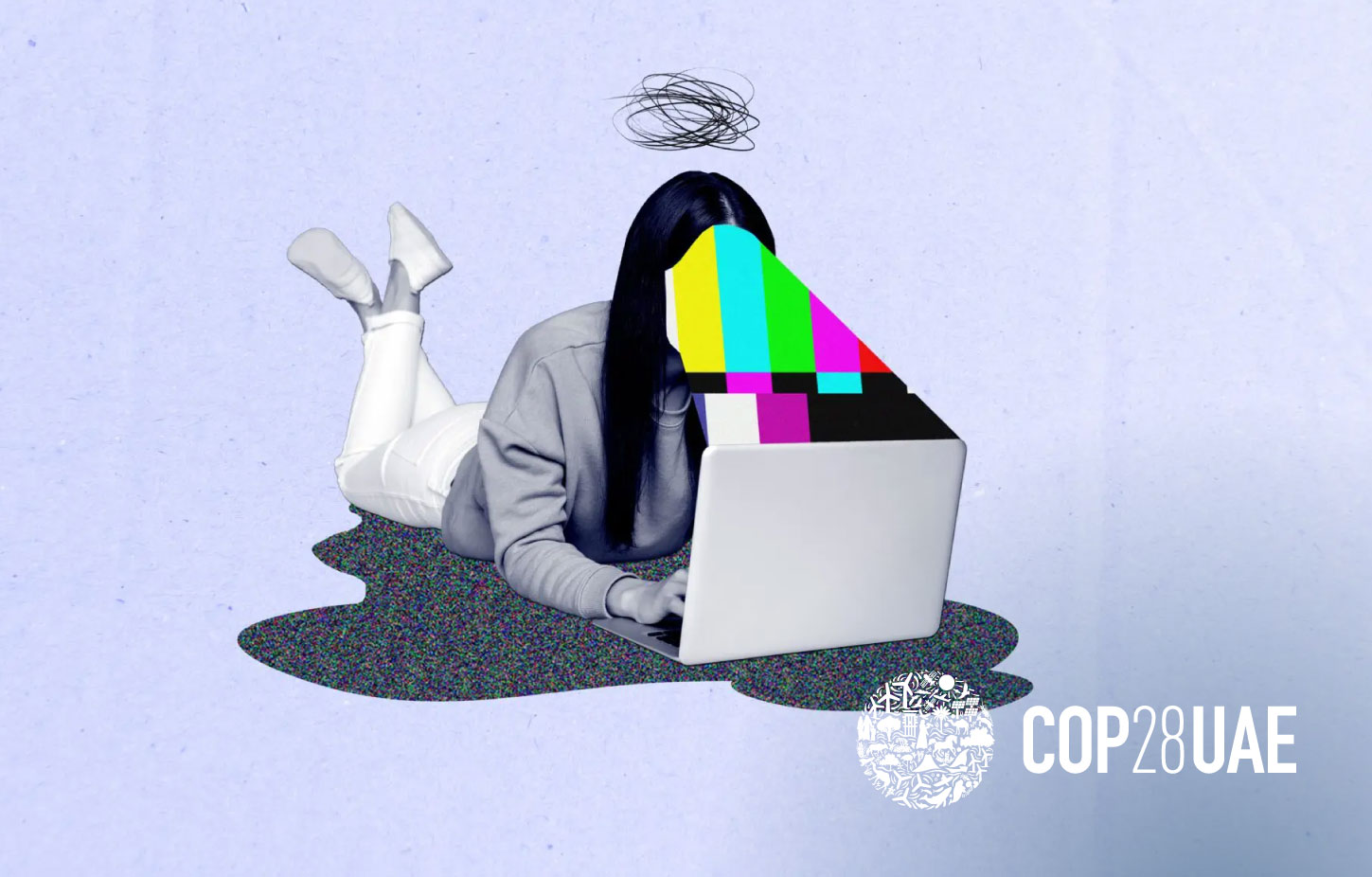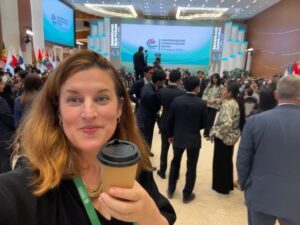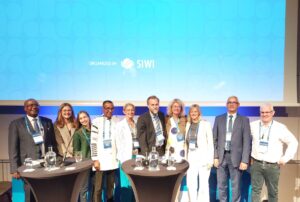The battle for truth in water, climate, and the environment
“(Information manipulation) is a security threat. It affects the public opinion and the ability of our leaders to implement the Paris Agreement.”
What is information manipulation?
Information manipulation is often driven through dis- and misinformation. The European Union defines them as follows: “Disinformation is false or misleading content that is spread with an intention to deceive or secure economic or political gain, and which may cause public harm. Misinformation is false or misleading content shared without harmful intent though the effects can be still harmful.”
Actors driving information manipulation include, but are not limited to, public figures, media organizations, states, non-state actors, and networks of individuals. Oftentimes, campaigns take place through online- and social media platforms.
The rise of information manipulation is also accelerated by the fact that we live in a world of multiple complex crises. These are often hard to comprehend, bring uncertainty as well as vulnerability, and provide fertile ground for disinformation campaigns. In 2022, dis- and misinformation were added to a list of 32 global risks by the World Economic Forum.
The consequences are already far reaching and can include a shift in public opinion and an increase in distrust towards authorities and facts. Mis- and disinformation can accelerate the erosion of social cohesion, destabilize political processes, and serve to propagate extremist beliefs. According to Karina Shyrokykh, Professor at Stockholm University, information manipulation is most dangerous when it is coordinated and systemic, lasts in time, and is sponsored by a state.
The rise of information manipulation is also accelerated by the fact that we live in a world of multiple complex crises. These are often hard to comprehend, bring uncertainty as well as vulnerability, and provide fertile ground for disinformation campaigns.
The connection to water and climate
How is the subject connected to water and climate? Disinformation around climate change as well as climate change denialism have sharply increased online within the last 12 to 24 months. Last year, climate change disinformation peaked during COP27.
However, mis- and disinformation do not only affect climate meetings but are a fundamental challenge in transboundary water cooperation. A prominent example of this is the construction of the Grand Ethiopian Renaissance Dam (GERD), which has sparked several digital campaigns by regional governments in social media platforms to influence the online public debate around the GERD.
Another notable example of disinformation is connected to the Russian war in Ukraine. After Russian forces attacked local water supplies in the city of Mykolaiv, widespread dis- and misinformation took place. Shyrokykh describes that disinformation around Mykolaiv amongst other things had the aim of reducing trust in local authorities and humanitarian organizations.
The webinar showed that the best way to counter misinformation and disinformation can be through the dissemination of facts though researchers. Easy access to research is therefore an important part of responding to dis- and misinformation.
What can be done about it?
Addressing information manipulation will not be easy. Katie Goldie Ryder, Programme Officer at SIWI says, after all “the spread of disinformation and misinformation is unavoidable”. Therefore, we must “have better ways of responding to it and countering it.”
A starting point will be to build a consensus on the importance of the nexus between security, water, and climate: “To understand the severity of the issue is the first way of solving it,” highlights Michael Zinkanell, Director of the Austrian Institute for European and Security Policy. For him, a whole-of-society approach is needed as well as increased tolerance and breaking out of bubbles to hear different perspectives.
A response to information manipulation could include social media platforms, governments, the public, youth, and scientists. The webinar showed that the best way to counter misinformation and disinformation can be through the dissemination of facts though researchers. Easy access to research is therefore an important part of responding to dis- and misinformation.
Partnerships with social media platforms could help to raise the level of accountability. Knowledge sharing between governments will be equally important to promote best practices. UNESCO has developed guidelines for the governance of digital platforms. Bhanu Neupane, Programme Manager at UNESCO, explains that the guidelines have global relevance and help to “make sure that disinformation does not fly.”
When faced with information manipulation on social media, it can help to drive information campaigns and clearly show who stands behind it, to give the information effort a face. Building capacity in the form of educational initiatives could help to raise literacy amongst the public and decision-makers. Capacity building should focus on increasing skills on how to consume and evaluate information and create awareness of how manipulation and disinformation campaigns work. As Shyrokykh explains, being able to critically think is a “lifesaving skill.”









